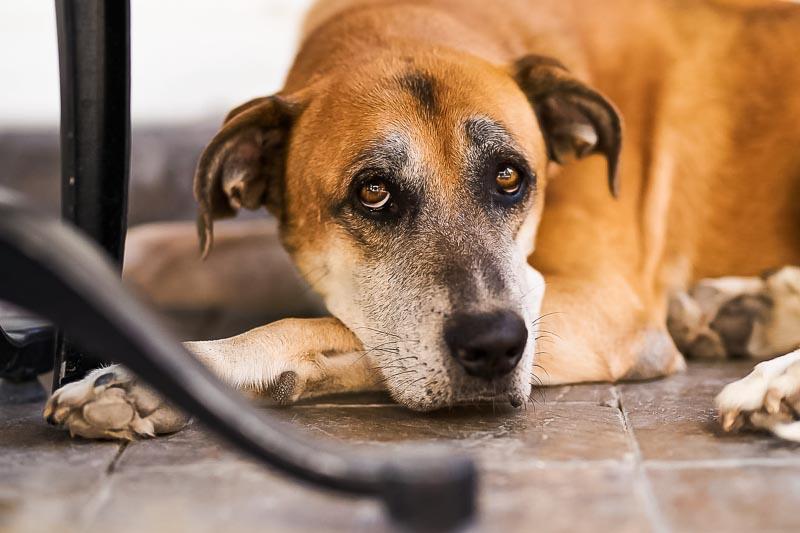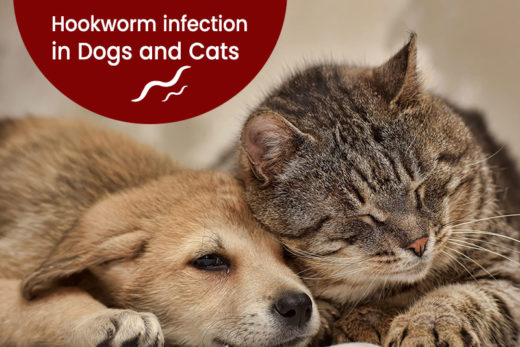
Hot spots, known by your veterinarian as Moist Dermatitis, are patches of skin that have been infected by any number of types of bacteria. They appear as red and sometimes oozing patches of skin either exposed from licking or tucked under the fur. Immediate dog hot spot treatment is important for your pup’s overall health.
They are generally caused by a combination of two factors: a break in the skin and moist conditions. Trauma to the skin can be caused for any number of reasons including an injury, scratching from allergies, or even a tick bite. When moist conditions such as a bath, a swim, or persistent licking occur, conditions become ripe for bacteria to establish themselves, leading to an infection at the site.
While prevention measures such as helping your pooch get dry after a swim and grooming to avoid mats in the fur can help, these “Summer Sores” are often a repeating warm weather occurrence from dogs that suffer from them.
This article will give you some information on when to see your vet and some strategies for treating hot spots at home with natural products.

What Do Hot Spots Look Like?
As these images show, hot spots can look very different depending on the breed of dog, length of fur, and stage of advancement. If left untreated, hot spots often get larger, more inflamed, and can become extremely irritating for your pooch.
If you have a dog with a medium to long coat, you may not notice the visual signs of a hot spot right away because it is under the fur. Keep a close eye on your dog for signs of excessive licking or scratching in a specific area and monitor the skin under the fur in that area for signs that a hot spot may be developing.
Should I See My Vet About Hot Spots?
Yes, particularly if you are dealing with them with your dog for the first time. One thing to keep in mind is that hot spots can spread alarmingly fast and they often require medical treatment to rapidly kill the bacteria and promote healing. For example, your vet may recommend a dog hot spot spray to kill bacteria, relieve itching, and help keep the area dry.
In addition, hot spots, particularly if chronic, can be a sign that a deeper and potentially more serious problem needs to be addressed. Work with your vet to make sure the problem is not being caused or exacerbated by diet, underlying immune dysfunction, or allergies.





